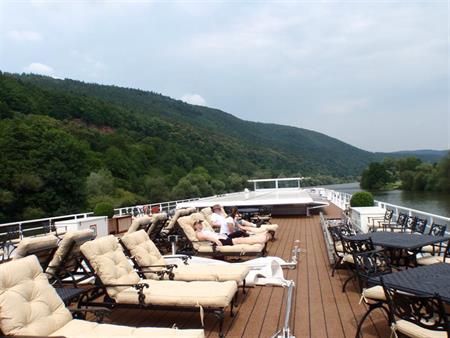Special Interest Tourism
 Special interest tourism (SIT) is the provision of customised tourism activities that caters to the specific interests of groups and individuals. In this case, tourism is undertaken to satisfy a particular interest or need. It has been proposed that SIT consists of four main experiences:
Special interest tourism (SIT) is the provision of customised tourism activities that caters to the specific interests of groups and individuals. In this case, tourism is undertaken to satisfy a particular interest or need. It has been proposed that SIT consists of four main experiences:
- Rewarding
- Enriching
- Adventuresome Experiences
- Learning Experiences.
Clients engaged with SIT are seeking to learn more, enrich their awareness, and express themselves. They expect high standards of service and individualized focus. Many wish to travel in an environmentally sound manner and to have authentic experiences be they: cultural, social or environmental, in which they have a positive engagement with the host community.
The range of special interest tours is enormous. It may range from a women’s only trek down the Larapinta Track in outback Australia to a bike tour of one of France's wine growing regions where it is possible to meet those responsible for the production of the wine being sampled, or from gay-only resorts to whale watching in Antarctica.
One way of classifying different types of tourism is according to the dominant interest or reason that causes people to travel. If a tourism manager understands why a person or group of people are travelling to a particular destination, they can then design a package of services tailored to support that reason for travelling. Some travel aims or categories of tourists occur often enough that tourism providers have found it profitable to establish packages specifically tailored to cater to them. Others may require special packages or arrangements that will meet their distinctive, particular needs.
The Tourism Product
The tourism product is defined as “attractions” plus “the tourism industry”. Attractions are commonly divided into two main groups:
a) Natural – including natural sites and natural events
b) Cultural – including cultural sites and cultural events.
Natural Attractions
These include:
- Topographic sites: e.g. mountains, beaches, valleys, caves, canyons, volcanoes, reefs
- Climatic sites: e.g. hot places, cold places, humid places, dry places
- Sites defined by location: e.g. central or accessible sites, isolated or difficult-to-access sites
- Sites that feature certain plant or animal life: e.g. forests, jungles, grasslands, meadows, deserts, zoos, botanic gardens
- Hydrological sites: e.g. lakes, rivers, streams, waterfalls, mineral springs
- Natural events: e.g. eclipse of the moon, tidal changes, seasonal occurrences such as mating, animal and bird migrations, volcanic eruptions, rainy or dry season, and changes in sea conditions that might attract surfers, for instance.
Travel to natural attractions has a very long history and probably occurred when humans first developed a sense of aesthetics, maybe even earlier. Travel to these destinations was often arduous and required determination, courage, a level of fitness, and sufficient wealth to allow the traveller to purchase food, labour, accommodation, transport and other materials for long periods. Today’s traveller, on the other hand, can reach most destinations easily and quickly, services and facilities are usually readily available at the site or nearby, and he or she need not be fit or wealthy.
With travel to natural sites easier than ever and travel more affordable generally, the main concern in developing and maintaining natural sites is how to manage tourism in order to avoid damage to the attraction that draws people there. This issue is discussed further in the lesson on environmental tourism but it is also a significant issue for all kinds of tourism that attract travellers to places where they can enjoy the sights, smells, sounds and delights of nature.
Cultural Attractions
The main categories of these are:
- Prehistoric sites: e.g. Stonehenge, cave paintings
- Historic sites: e.g. museums, ancient monuments, graveyards, heritage-listed buildings, sites of significant events
- Religious sites of significance: e.g. cathedrals, mosques, holy sites
- Contemporary cultural displays and events: e.g. museums, art galleries, modern architecture, theatre, festivals, fairs, exhibitions, international sporting events (e.g. World Cup or Olympics)
- Rural attractions: farms, wineries, mines, agricultural regions, agricultural technology or museums
- Retail attractions: large shopping malls, small specialist shops, markets, fashion houses, craft fairs or shows
- Recreational attractions: resorts, theme parks, golf courses, casinos, sports events
- Cultural events e.g. festivals.
Through an understanding of the diversity that can occur within the travel product, you become better equipped to select, develop and provide a more diverse variety of services to accommodate the traveller.
Tourism II is a Distance Education course that covers all aspects of Special Interest Tourism
click here for details
[04/05/2025 01:33:13]